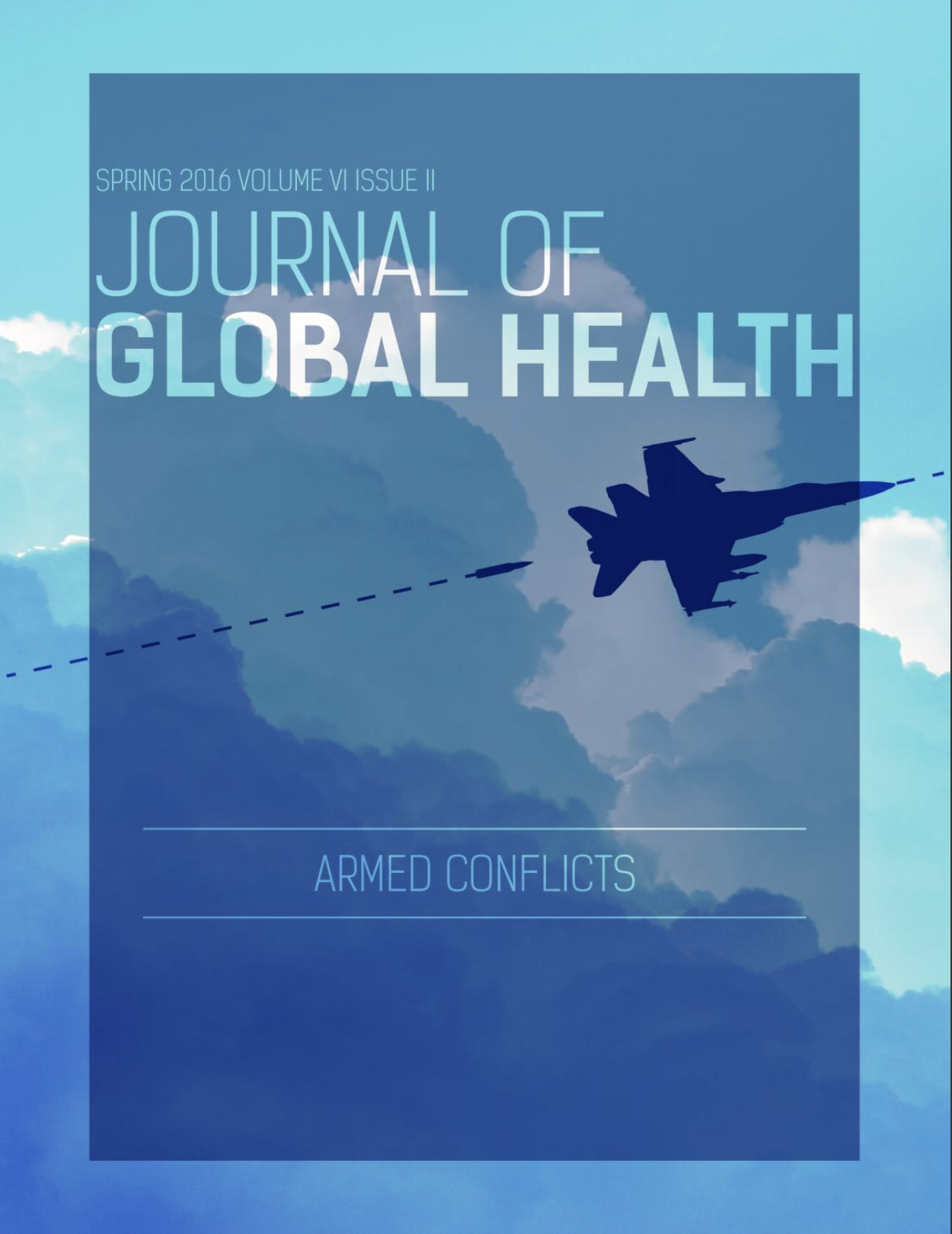Opioid Overdose in Taos, New Mexico
Main Article Content
Abstract
In 1898, Bayer Pharmaceuticals introduced heroin to America. Today in the United States, modern prescription pain medications have surpassed heroin in overdose deaths, resulting in nearly 19,000 fatalities annually (compared to 10,574 overdose deaths per year attributed to heroin). In low-income, rural communities suffering from this epidemic, efforts are underway to reduce harm associated with opioids, including pain medication and heroin, and to increase access to naloxone, a life-saving opioid antagonist. A better anthropological perspective on this epidemic is needed to understand the social and cultural factors of drug overdose and its control. This study, conducted in Taos County, New Mexico, utilizes participant observation among local medical professionals to examine their unique experiences and perspectives on the topic of opioid overdose in this community. A total of 1616 demographically varied medical workers in Taos also served as informants through semi-structured interviews conducted for this qualitative analysis. Our findings indicate that prescription and illicit opioid abuse are intertwined and affect a wide range of people in Taos. Local attitudes toward treatment including concerns regarding treatment efficacy and social stigma are also important considerations. This study illustrates the multi-faceted complexity of overdose culture and reveals the need for additional attention to existing treatments, increased education and more accessible resources.

